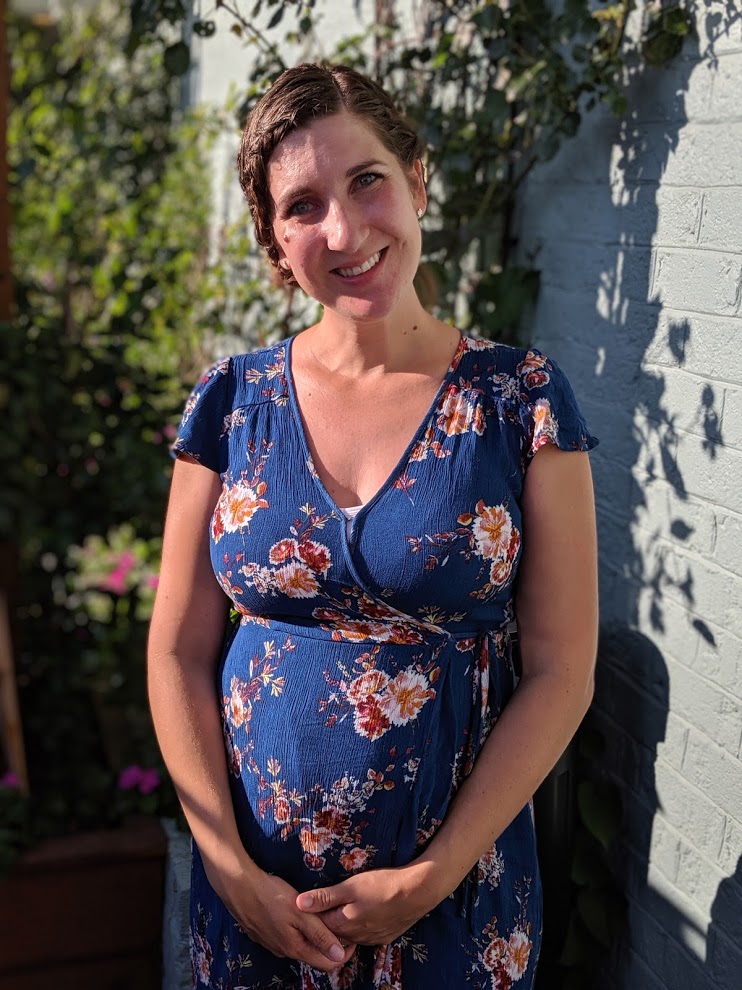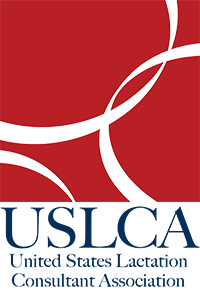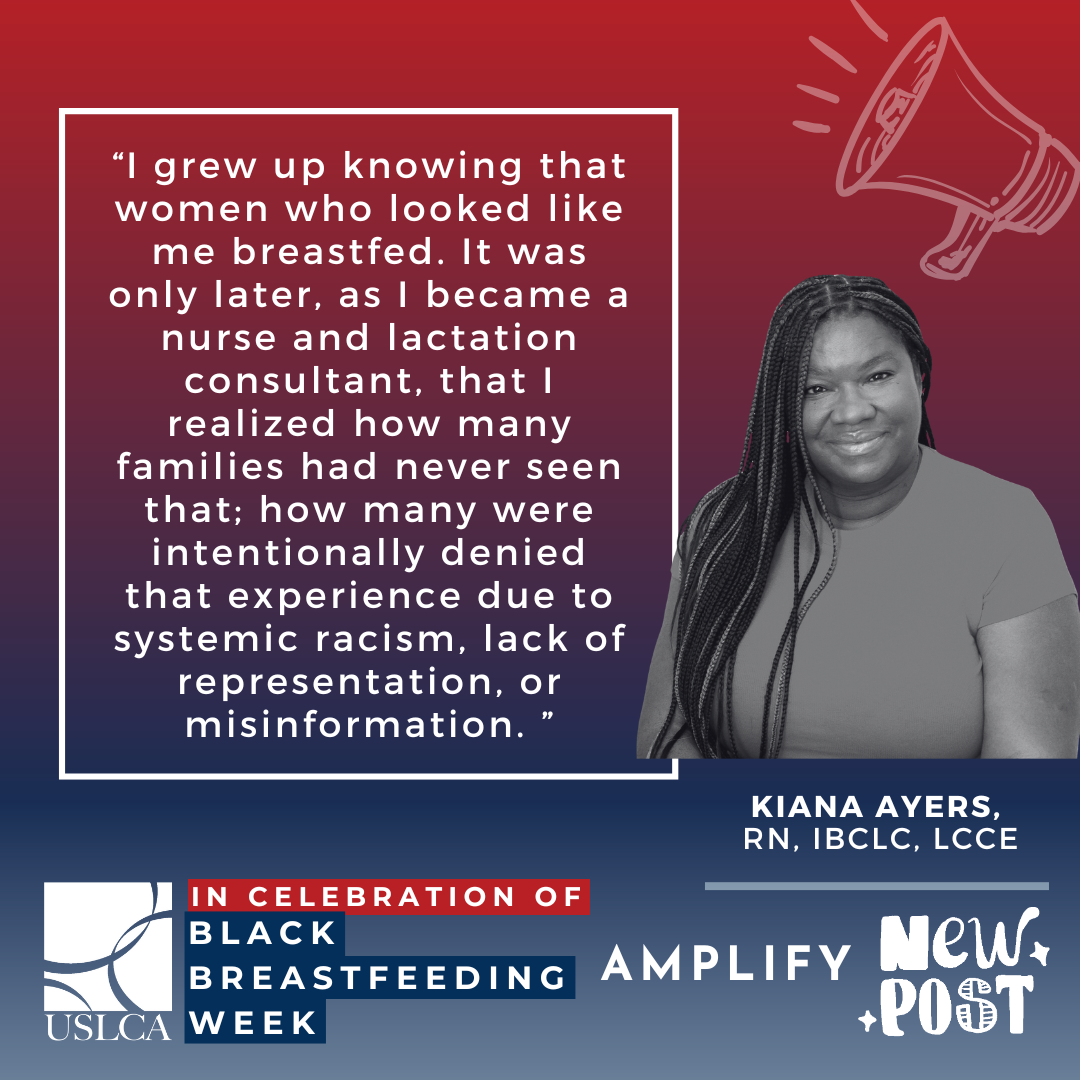by Jessica A. Davis, BSN, RN, CCRN, IBCLC

I realized that human milk and chest/breastfeeding had not been adopted as the standard of care for neonates born with congenital heart defects during my time as a bedside nurse in the pediatric cardiac intensive care unit at a large, internationally renowned children’s hospital. Support for lactating parents was lacking. Supplies and resources (such as breast pumps, lanolin, breast pads, and knowledgeable nursing staff) that had been available to lactating parents of neonates in the neonatal intensive care unit (NICU) were not available to the lactating parents of neonates in the pediatric cardiac intensive care unit. Hospital policies that were written to promote and protect access to human milk and chest/breastfeeding were often ignored or disregarded by pediatric cardiac intensive care staff “because the policy was for NICU babies”.
I left my position in the pediatric cardiac intensive care unit to become one of two lactation consultants responsible for providing lactation support to staff and families at this same hospital. The lack of lactation support was not limited to neonates in the pediatric cardiac intensive care unit. I observed a lack of urgency and prioritization of human milk and chest/breastfeeding for all dyads that were not admitted to the NICU, as well as some dyads in the NICU that did not have a diagnosis of prematurity. In addition, lactation-focused education for nurses that did not practice in the NICU was, and remains, inadequate. Further, many NICU providers believed that all NICU patients should be prioritized over all other neonates in the hospital, regardless of diagnosis, thus promoting the belief that there was a hierarchy of hospitalized neonates most deserving of lactation support and human milk.
Congenital heart defects represent the most common birth defect and one of the leading causes of infant death in the United States. However, after leading a presentation about neonates with congenital heart defects at a regional breastfeeding collaborative, the silence from my peers made me wonder if lactation support providers were unaware of this population of neonates and the unique barriers they experienced relative to other critically ill neonates. Many may have assumed that these critically ill neonates were being cared for in NICUs/special care units and were already benefiting from strategies in place to promote and protect chest/breastfeeding. However, these strategies are often tailored to NICUs, which unintentionally neglects neonates with congenital heart defects and other critically ill neonates hospitalized in units other than the NICU.
The existence of sick neonates in other locations of the hospital appear to be unknown to many, made evident by the terminology used in chest/breastfeeding initiatives. Use of the term “NICU” or “Special Care Unit/Nursery” when designing human milk and chest/breastfeeding policies, education initiatives, research, and legislature may contribute to the isolation of other vulnerable lactating parent-baby dyad populations. This isolation is not limited to lactation support. Initiatives, policies, and programs that promote neurodevelopment, parent-child bonding, and mitigation of neonatal abstinence syndrome are often limited to the NICU and special care nurseries.
American Heart Health Month and Congenital Heart Defect Awareness Week occur each February. This year I ask that my colleagues be a voice for all critically ill neonates and their families. In addition to the NICU, sick and critically ill neonates are found in pediatric intensive care units, pediatric cardiac intensive care units, and medical-surgical floors. Therefore, let us tailor our lactation support efforts to reflect the knowledge and awareness that sick neonates exist beyond the walls of the NICU and are all deserving of human milk.
Jessica’s lactation story:
My passion for breastfeeding developed early in my nursing career, and my expertise differs relative to other lactation consultants and chest/breastfeeding enthusiasts. Over the last 10 years, my career has extended through all realms of maternal-child nursing: labor and delivery, perinatal care at an out of hospital birth center, neonatal intensive care, and pediatric cardiac intensive care. For a nurse torn between pursuing maternal health or pediatrics, chest/breastfeeding support offered the ideal opportunity to care for the entire dyad. I developed a very tailored interest in optimizing chest/breastfeeding for lactating parents of neonates with severe congenital anomalies, specifically those with congenital heart defects. Through these experiences I recognized gaps in lactation care due to the medical diagnosis and unit location of the neonate, as well as hospital lactation policies and initiatives.
<— Return to Amplify!
The content of this post does not imply endorsement and may not reflect the position of USLCA.



